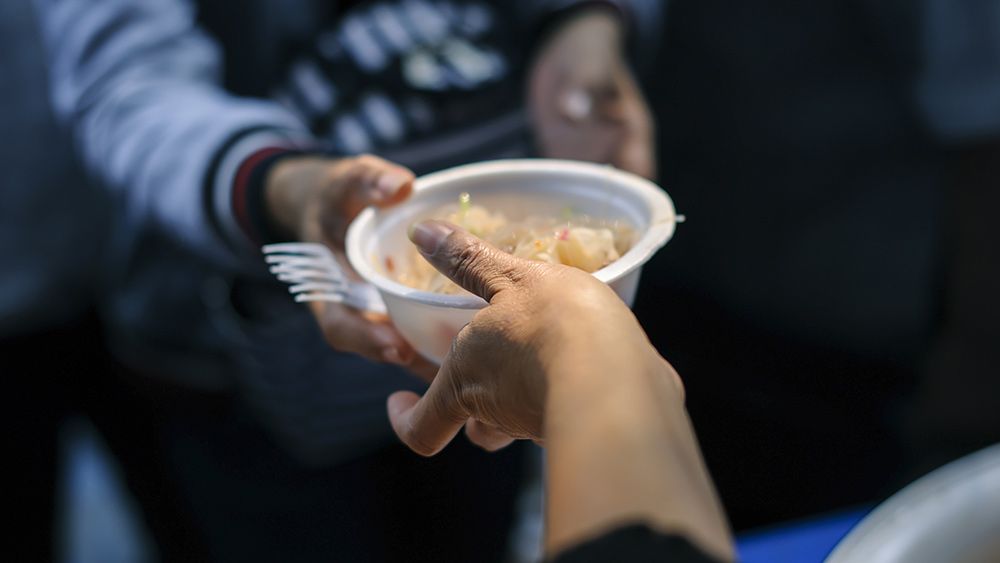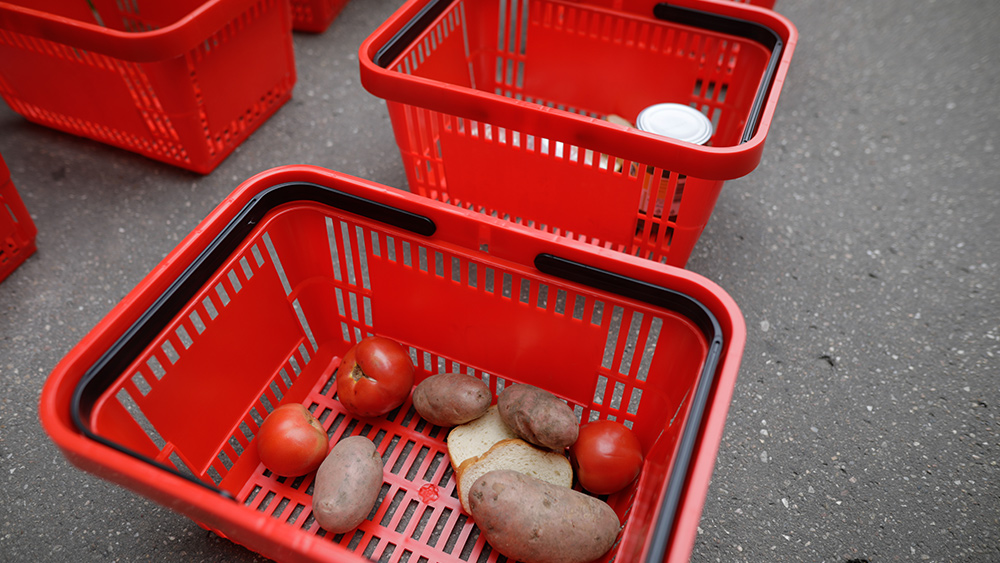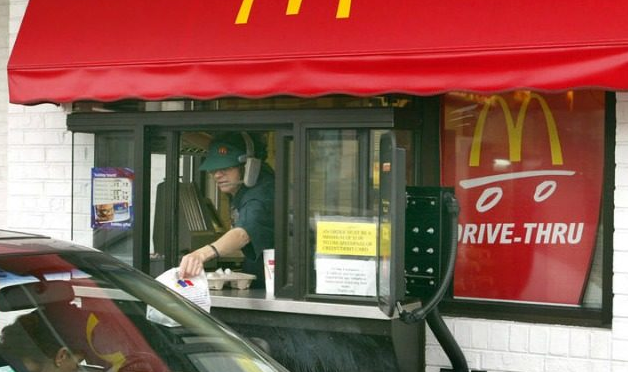RICE RATIONING begins in America after India bans exports; 20-pound bags soar from $16 to almost $50
07/27/2023 / By Ethan Huff

Panic buying has ensued in the United States after India imposed a rice ban.
Some stores in America are now selling 20-pound bags of rice for $50 when they previously cost just $16. There is also rationing occurring as supplies dwindle due to soaring demand.
Videos shared across social media over the weekend show Indians standing in very long lines in states like Texas, Michigan, Alabama, New Jersey, Ohio, Illinois, and California hoping to grab a bag of rice before they all run out.
“A few desi grocery shops came up with innovative ideas to force customers to spend a minimum of $35-$50 on other items to purchase a single rice bag, which is outrageous,” one shopper told Business Line about this latest food crisis.
According to PBS Frontline, rice prices in the U.S. shot up by around 11 percent after India’s announcement about curbing exports of rice.
(Related: In case you missed it, India just banned all exports of non-basmati white rice, which is creating a rice crisis around the world.)
First wheat, now rice – what’s next?
It turns out that non-basmati rice is the most common form of rice used in traditional American recipes, as well as in Asian and Mexican cuisine. While California, Texas, and a handful of other areas grow rice domestically, most of it comes from India, the world’s second-largest rice exporter behind communist China.
Indian Prime Minister Narendra Modi imposed the ban ahead of next year’s general election in an effort to get ahead of inflation. From July 20 on, no more non-basmati white rice will be allowed to leave India.
We are told that heavy rains in northern India damaged newly planted rice crops in Punjab and Haryana. Many paddy fields have been submerged under water for over a week, and they can only get replanted once the water subsides.
In other parts of India that have received too little rain, seedlings have not been able to be moved and transplanted due to lack of moisture.
“In order to ensure adequate availability of non-basmati white rice in the Indian market and to allay the rise in prices in the domestic market, the government of India has amended the export policy,” India’s food ministry announced.
In Vietnam, the world’s third-largest rice exporter, rice prices are likewise soaring, as well due to supply concerns created by El Niño.
A metric ton of rice now costs more in Vietnam than at any point in the past 12 years – and this on top of all the other food inflation occurring.
China and the Philippines, both of which buy Vietnamese and Thai rice, will now be forced to pay substantially higher prices for their rice imports, driving up inflation even further.
“India would disrupt the global rice market with far greater velocity than Ukraine did in the wheat market with Russia’s invasion,” said B.V. Krishna Rao, president of India’s Rice Exporters Association.
The bad news comes right after Ukraine broke a wartime deal that allowed grain to still be exported via the Black Sea to countries in Africa, Asia, and the Middle East. Russia called off the deal because Ukraine was not following the rules.
The Black Sea Grain Initiative, as it was called, will remain dead in the water until, and only if, Ukraine agrees to fulfill its end of the bargain.
In the comments, someone pointed out that rice is a vital component of beer brewing at companies like Anheuser-Busch, which uses it to brew Bud Light and other beer brands.
“And here I was worried about a wheat shortage,” wrote another.
Will there be enough rice to go around and feed everyone? Visit Collapse.news to learn more.
Sources for this article include:
Submit a correction >>
Tagged Under:
ban exports, collapse, exports, famine, food, food crisis, food inflation, food supply, India, inflation, rationing, rice, starvation, supply chain, unrest, weather terrorism
This article may contain statements that reflect the opinion of the author
RECENT NEWS & ARTICLES
FoodInflation.News is a fact-based public education website published by FoodInflation News Features, LLC.
All content copyright © 2022 by FoodInflation News Features, LLC.
Contact Us with Tips or Corrections
All trademarks, registered trademarks and servicemarks mentioned on this site are the property of their respective owners.




















